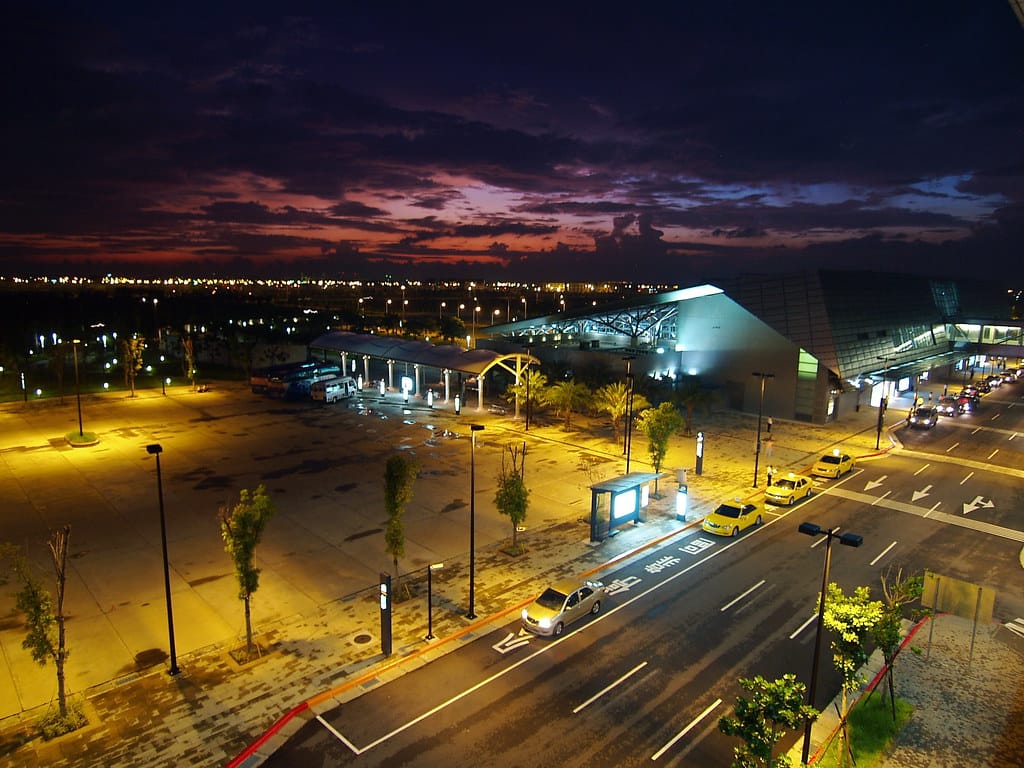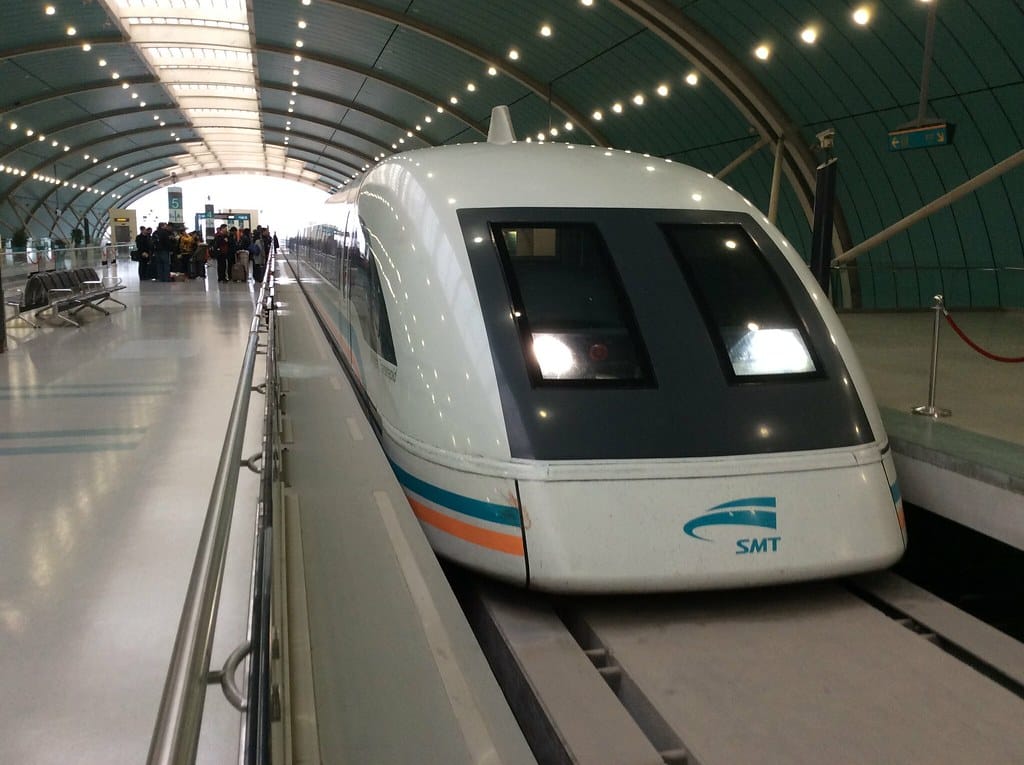Amtrak's $2.5 Billion Acela Upgrade Hits the Tracks—But Not the Fast Lane
Despite cutting-edge technology and hefty investment, the new high-speed trains are barely outpacing their predecessors on America's aging rail infrastructure
After years of anticipation and a whopping $2.5 billion investment, Amtrak's sleek new Acela trains are finally carrying passengers along the Northeast Corridor. Capable of reaching 160 mph, these Italian-engineered marvels represent the pinnacle of American passenger rail technology. Yet passengers checking their watches might notice something puzzling: their journey times remain virtually unchanged from the trains these modern locomotives replaced.
The disconnect between engineering prowess and real-world performance highlights a fundamental challenge facing American high-speed rail—infrastructure that simply can't keep pace with the trains running on it.
The Numbers Don't Lie
The new Acela trainsets can theoretically complete the Boston-to-New York route in 3 hours and 19 minutes, compared to 3 hours and 27 minutes for their predecessors—a modest 8-minute improvement despite representing a generational leap in rail technology. The Washington D.C. to New York segment sees an even smaller gain, with travel times improved by just 6 minutes.
Consider this: while Japan's bullet trains routinely cruise at 200 mph and France's TGV regularly exceeds 180 mph in commercial service, America's fastest passenger trains spend most of their journey constrained to speeds that would have been familiar to rail travelers decades ago.
The Infrastructure Bottleneck
The culprit isn't the trains themselves, which feature advanced tilting technology, regenerative braking, and sophisticated computer systems that optimize every aspect of their operation. Instead, the limiting factor is the century-old infrastructure they travel on.
Much of the Northeast Corridor—America's busiest passenger rail line—dates back to the early 1900s. Tight curves, aging bridges, and track geometry designed for much slower trains create a patchwork of speed restrictions that prevent the new Acela from reaching its full potential. In some sections, trains must slow to 45 mph or less, regardless of their technological capabilities.
"You can put a Formula 1 car on a city street, but it's still going to be limited by the road," explains transportation analyst Sarah Chen. "That's essentially what we're seeing with Acela—world-class trains on infrastructure that wasn't designed for high-speed rail."
The Freight Challenge
Adding complexity to the equation is America's unique rail landscape, where passenger trains often share tracks with freight railways. Unlike countries with dedicated high-speed rail lines, Amtrak must coordinate with freight operators who own much of the infrastructure, creating scheduling constraints and speed limitations that don't exist in purpose-built high-speed systems.
The Federal Railroad Administration's safety regulations, developed primarily for freight operations, also impose restrictions that limit passenger train speeds in mixed-use corridors—a stark contrast to the dedicated passenger rail networks found in Europe and Asia.
What Passengers Do Get
While travel times may not have dramatically improved, passengers aboard the new Acela trains are experiencing significant upgrades in comfort and technology. The new trainsets offer 25% more seating capacity, improved Wi-Fi connectivity, enhanced food service, and a notably smoother ride thanks to advanced suspension systems.
The trains also deliver environmental benefits, with 20% better energy efficiency than their predecessors and the ability to operate entirely on renewable electricity where available.
The Path Forward
Amtrak isn't sitting idle on the infrastructure challenge. The railway has outlined ambitious plans for track improvements, bridge replacements, and curve straightening that could eventually unlock the new trains' full potential. However, these infrastructure upgrades represent a multi-decade, multi-billion-dollar undertaking that will require sustained political and financial commitment.
Some incremental improvements are already in the works. Track upgrades in Rhode Island and Massachusetts are expected to enable higher speeds in those sections, while signal system modernization could reduce delays and allow for more consistent scheduling.
The Bigger Picture
The Acela situation encapsulates a broader challenge facing American infrastructure modernization: the difficulty of upgrading century-old systems while maintaining continuous operation. Unlike countries that built high-speed rail from scratch, the U.S. must work within existing constraints while serving current passengers and freight customers.
While the new Acela trains may not be revolutionizing travel times just yet, they represent an important step in American rail modernization. The real test will be whether the necessary infrastructure investments follow—transforming these impressive machines from technological showcases into the high-speed workhorses they were designed to be.
For now, passengers can enjoy the journey in unprecedented comfort, even if the destination arrives at a disappointingly familiar time.

